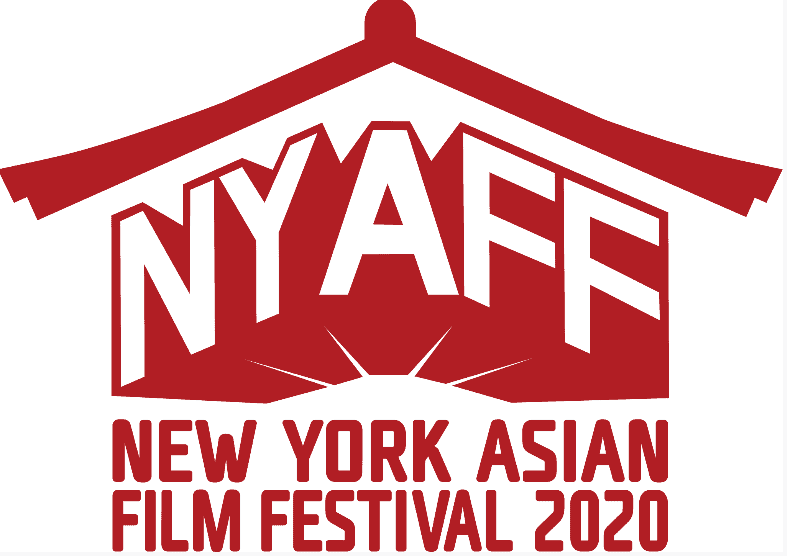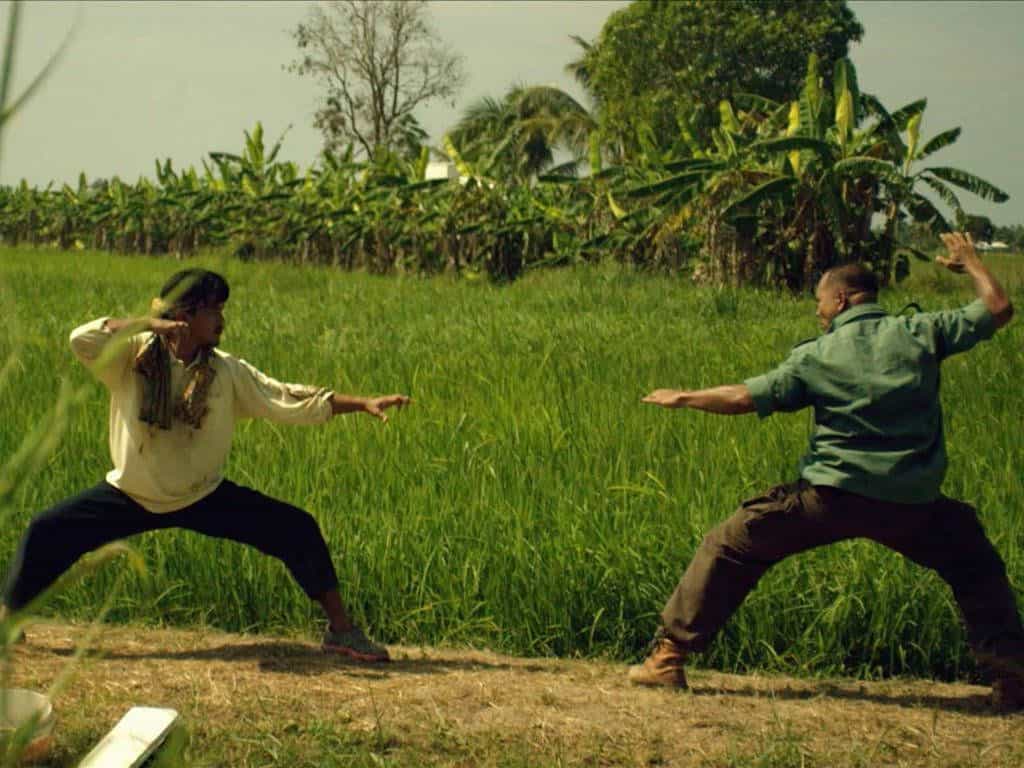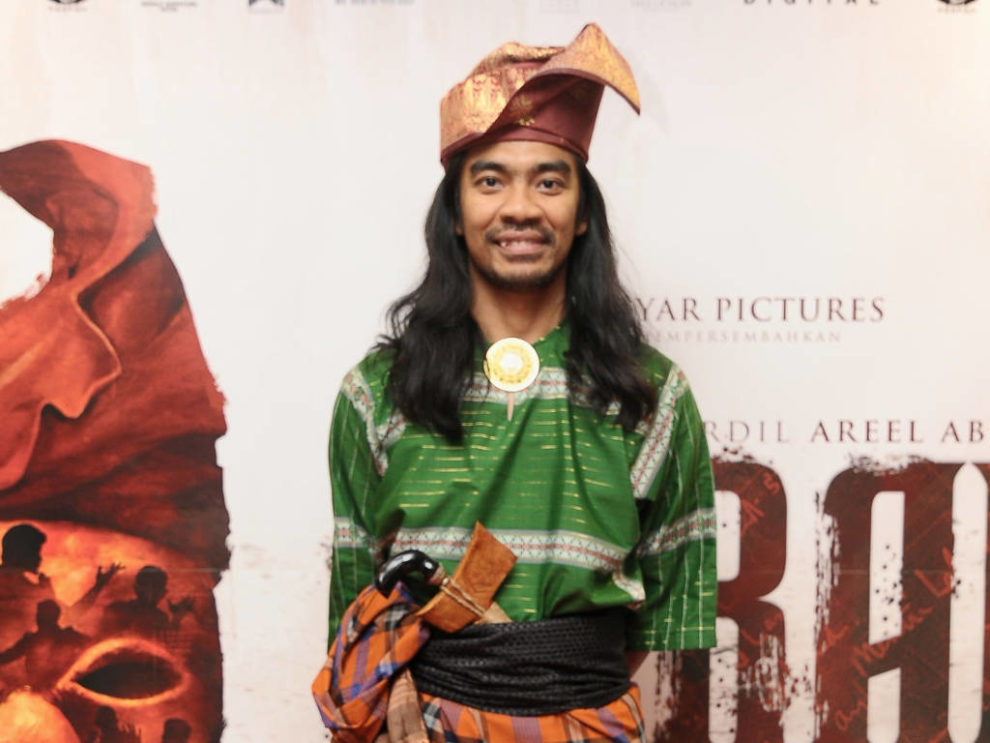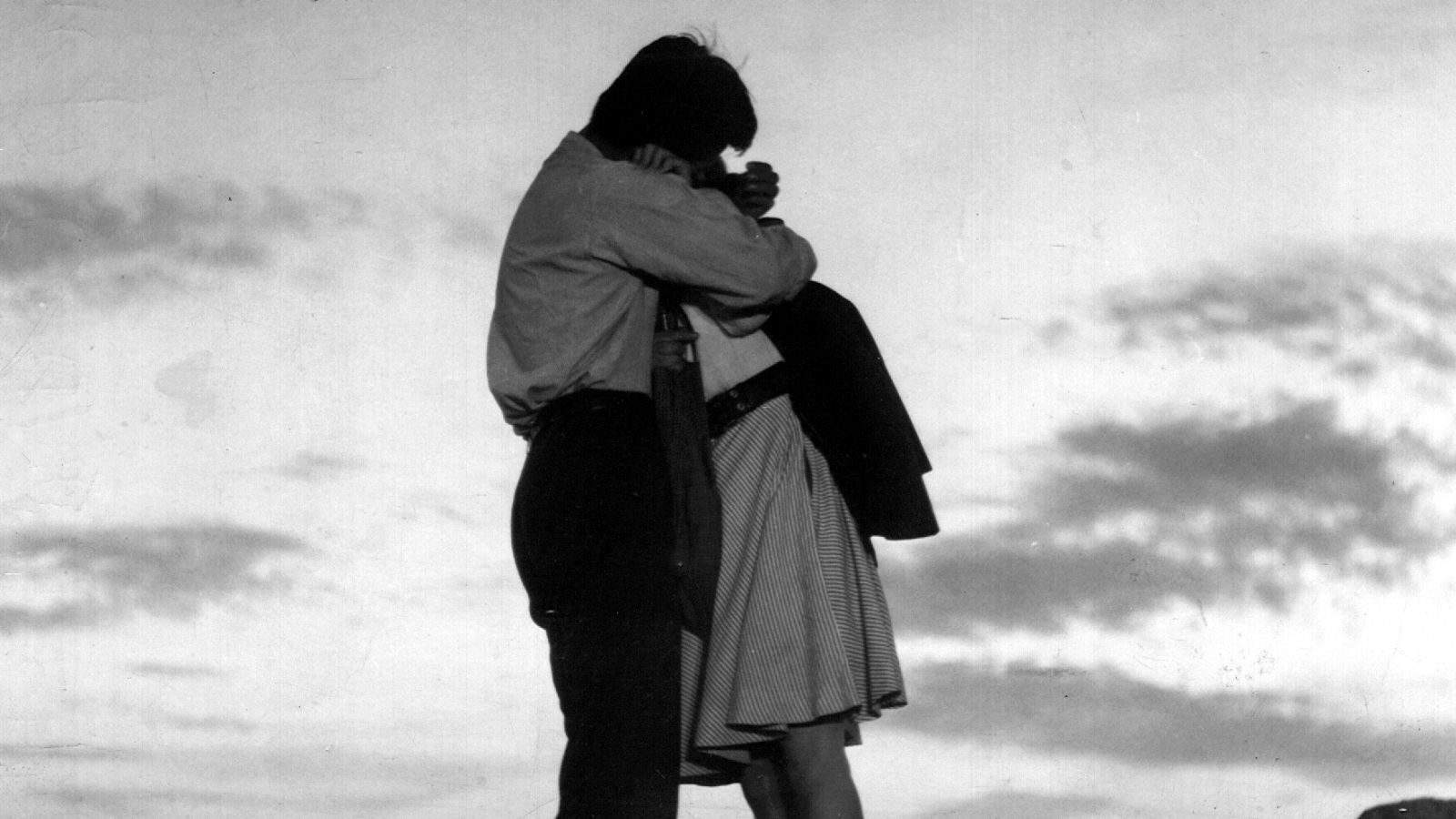While “Geran” is Areel Abu Bakar's directorial debut, he has been a cinematographer for nearly a decade. Bakar had the idea for the film about five years ago, three of which were spent raising funds. He wrote the original story and shot it himself. Although action films are very popular in Malaysia, they rarely focus on the traditional local martial arts, which is precisely what inspired Bakar to make something different. With a cast chock full of real-life silat exponents – and equal opportunity for women and children asskickers as well – the film achieves levels of authenticity and inclusion seldom seen in Malaysian cinema. Blending social relevance into his novel story and approach, the 34-year-old director has already proven himself a maverick on the rise. (source: New York Asian Film Festival)
On the occasion of “Geran” screening at New York Asian Film Festival, where it won the Daniel A. Craft Award for Excellence in Action Cinema, we speak with him about the social commentary in the film, Silat Gayong, the action scenes, and many other topics.

Despite being a martial arts film, “Geran” includes a very rich social commentary aspect. Where did the inspiration for such a story come from? Are illegal gambling, fighting and unlawful land speculation as common as they are presented in the movie?
“Geran” is based on a global reality, where family disputes over land or inheritance become an issue in defending the right and what is rightfully ours. Gambling and loan sharks are hot issues in Malaysia currently. Immoral activities by the capitalists are on the rise. “Geran” can be seen as a metaphor for strength and weakness of an institution if it is wrongly managed.
The film seems to highlight the importance of the concept of family. What is your opinion on the subject?
Love is an important concept and subject in a family, because people tend to do wrong deeds. That does not mean we should abandon them. Always give them advise even when they're constantly doing mistakes
Can you give us some more information about Silat Gayong? Is it actually an art that goes from father to children?
Silat Gayong has been one of the arts of self-defence for the Malays for a long time. This Silat has been used for self defence, of both family and nation until now. Silat is also a form of therapy for health, emotional balance and self discipline for the practitioner. Everyone can learn Silat but there are rules to be obeyed and followed.
In the first fight scene in the family's house, Feiyna Tajudin uses an unusual as much as impressive technique, which ends up in her slapping her opponents instead of punching them. Can you give us some details about this aspect? In general, how was your cooperation with Azian Komeng in the action choreography?
Personally, I like this scene because most of the films in Malaysia do not include a woman fighting like that. In the past, Malay women wore Baju Kurung at home unlike now; this scene was done to show the audience that the fact that women wearing Baju Kurung or dressed femininely does not simply mean that they are weak or cannot fight. This fighting technique is simple and very practical to be used when needed. Furthermore, women learn self defence to defend themselves and not to attack aggressively.
Working with Azlan Komeng is an interesting experience because we have the same objective and mission when we are shooting action scenes. He is very ambitious in what he wants for the action scenes. He helped me a lot and tried to materialise what the script wanted. He is also a former national athlete in Silat.

You left Khoharullah Majid for last, in terms of action, although he seems to be the most impressive fighter. How did you come to that decision?
I kept him for the end because his ability as a Silat fighter is very much respected in Malaysia. We tried to highlight his fighting skill in a long fighting sequence to show off his expertise. That decision was made to portray Silat from a real practitioner like himself. He is also a three-times world champion in Silat, Class A.
The scene inside the bus and the car race are among the most impressive in the film. Can you give us some details about the way you shot them? Same question for the car race ones.
This scene was very tough for me because we didn't have enough time to complete it. But I tried to make it interesting with some elements that we have around that location. We used small camera because I needed to move within a limited space. But I love this scene because we get different fighting skills in action situation.
The car race-scene was just for the teenagers; for me this was a very big scene because we had many extras to handle at the bridge. The weather was hot and we had many cars from the local area to support this film. For the racing scene, we just used GoPro for insert shots like on tyres or inside the car, while for difficult angles we used a small camera. Very simply shot but fancy because I wanted to spent more on the fighting scene.
How was your cooperation with Nam Ron? In general how was the casting process for the film like?
Namron is a brilliant actor, he knows what I want. He was very committed with his character and he gave more to it. He's the one who knows my mission and goal for this film. He knows how difficult it is to finish a full feature film.
Before the shooting, I did a casting just like a normal production house. I just put advertisements on social media calling for talents and actors for casting. We went up to north Malaysia and around the ‘ring' or practice/training place of Silat to find and search for good fighters and stuntmen. Especially in “Geran”, all the fighters and casts are 90% Silat practitioners and not professional stuntmen.. I was very proud of them when “Geran” was awarded with Daniel A.Craft Award.
Can you give us some details about the location the film was shot?
“Geran” was shot 100% at north Malaysia, Kedah . We shot in “Mount Jerai”, “Bunting Bridge” and “Rice Factory”. Kedah is also a tourist destination. It has beautiful scenery and it was easy to find a nice location for shooting.
What is your opinion about Malaysian cinema at the moment? Has the change in government actually given you more artistic freedom?
In my opinion, I just do what I want to do. Now that we know arts cannot be controlled whatsoever from any agency, we can just tell the audience the reality of what's going on, we cannot simply deny what we see nowadays. Freedom comes from your own self, not from ‘others ‘.
Are you working on any other projects?
My next film is in progress titled “Walid”, which means father. I hope it will be better than “Geran”. More action, more love, more humanity,more..
see u PANOS THANKS FOR UR SUPPORT 🇲🇾🇲🇾🇲🇾️
️
️
️
️
️🥂















